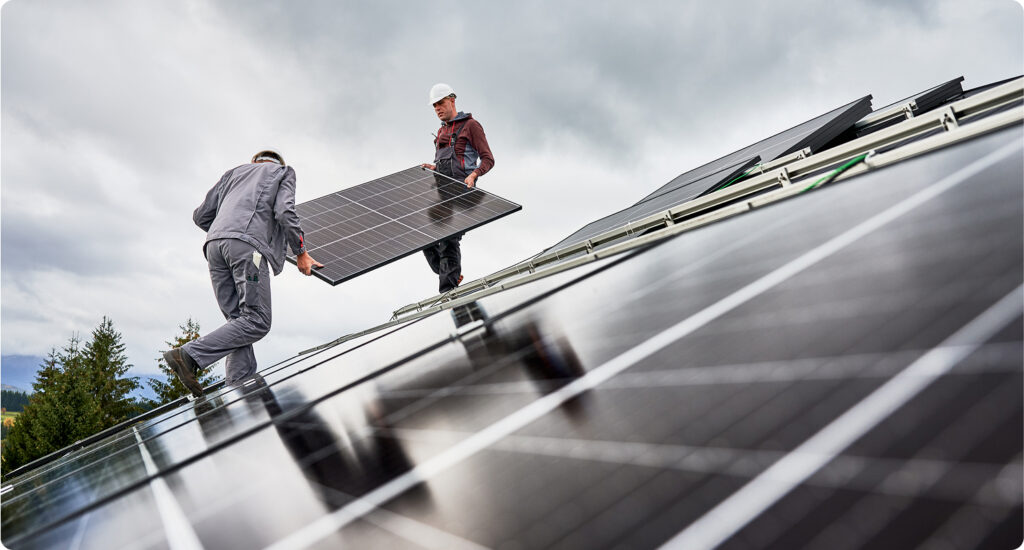Photovoltaics (PV) are the systems which produce electrical energy from the solar energy directly. The components of a PV system are inverters, batteries, charge controller and connectors. Energy losses due to these components affect the system performance adversely. In this study, the PV system cable losses and the effects of these losses are investigated. PV system losses and especially cable energy losses for different cable cross sections are investigated in PVsyst6.2.6 software by simulating experimental setup. According to observed results from the simulation study, it has been shown that thermal losses are 5.7%, module quality losses are 3%, invertor losses are 18%, module array mismatch losses are 1% and shading losses are 33%. Cable losses also affect the system performance as 1.7%, 0.6% and 0.2% for the cross sectional areas of 1.5 mm2, 4 mm2 and 10 mm2 respectively. In experimental study, it has been shown that the usage of solar cables with different cross sectional areas and different lengths do not affect the PV system performance significantly in the small PV systems. Solar cable losses can be observed more clearly in a system which is installed on a wide area with precise measurement. The present time value of money table has been obtained by using inflation and discount rates for the next 25 years and the optimum cross sectional area of cable has been calculated for the PV system installed in the experimental study.
- This study analyzes energy losses that occur in the DC cables of a PV system, focusing on the impact of cable length and cross-sectional area.
- Simulations using PVsyst software showed that for a 150 Wp system, cable losses accounted for 1.7% of the available energy with a 1.5 mm² cable, 0.6% with a 4 mm² cable, and 0.2% with a 10 mm² cable.
- While experiments on a small-scale system showed that cable losses were not significant for short cable runs, the paper notes that these losses become much more critical in large-scale PV plants spread over wider areas.
- The paper proposes a method to calculate the optimal cable cross-section by balancing the initial cost of the cable with the long-term economic cost of the energy that would be lost due to resistance.


